Expansion of Distribution Channels
The Cordless Power Tools Market is experiencing a transformation in its distribution channels, which is facilitating greater accessibility for consumers. The rise of e-commerce platforms has revolutionized how tools are marketed and sold, allowing consumers to easily compare products and prices from the comfort of their homes. This shift is particularly beneficial for niche brands that may not have a strong presence in traditional retail outlets. Additionally, brick-and-mortar stores are adapting by enhancing their online presence and offering click-and-collect services. Market data suggests that the online segment is expected to grow significantly, driven by the convenience and variety it offers. As distribution channels continue to evolve, the market is likely to see increased competition and innovation, ultimately benefiting consumers.
Growing Demand for Cordless Power Tools
The Cordless Power Tools Market experiences a notable surge in demand, primarily driven by the increasing preference for convenience and portability among consumers, and this trend is similarly reflected in the Cutting Tools segment, where efficiency and precision continue to elevate product demand across industries. As more professionals and DIY enthusiasts seek tools that offer flexibility without the constraints of cords, the market is likely to expand. Recent data indicates that the market is projected to grow at a compound annual growth rate (CAGR) of approximately 6.5% over the next few years, while the Cutting Tools market is also witnessing steady growth due to advancements in materials, automation, and industrial machining processes. This growth is further fueled by the rising number of construction and renovation projects, which require efficient and versatile tools. The shift towards cordless solutions is not merely a trend; it reflects a fundamental change in how tools are utilized across various sectors, including construction, automotive, and home improvement, and the integration of advanced Cutting Tools reinforces this evolution by supporting high-performance operations across manufacturing and engineering applications.
Technological Innovations in Power Tools
Technological advancements play a pivotal role in shaping the Cordless Power Tools Market. Innovations such as brushless motors, improved battery life, and enhanced safety features are becoming increasingly prevalent. These advancements not only improve the performance of cordless tools but also extend their operational lifespan, making them more appealing to consumers. For instance, the introduction of lithium-ion batteries has revolutionized the market, offering longer run times and faster charging capabilities. As manufacturers continue to invest in research and development, the market is expected to witness the emergence of smarter tools equipped with connectivity features, allowing users to monitor performance and receive maintenance alerts. This trend indicates a shift towards more intelligent and efficient power tools.
Sustainability and Environmental Concerns
Sustainability is becoming an increasingly important factor influencing the Cordless Power Tools Market. As consumers become more environmentally conscious, there is a growing demand for tools that are energy-efficient and produced with sustainable practices. Manufacturers are responding by developing cordless power tools that utilize eco-friendly materials and technologies. The shift towards sustainability is not only a response to consumer preferences but also aligns with regulatory pressures aimed at reducing carbon footprints. Market analysts indicate that tools with lower emissions and longer battery life are likely to gain traction, as they appeal to both professional and residential users. This focus on sustainability could potentially reshape product offerings and marketing strategies within the industry.
Increased Adoption in Residential Applications
The Cordless Power Tools Market is witnessing a significant increase in adoption within residential applications. Homeowners are increasingly engaging in DIY projects, leading to a higher demand for user-friendly cordless tools. This trend is supported by the growing availability of instructional content online, which empowers individuals to undertake home improvement tasks. Market data suggests that the residential segment is expected to account for a substantial share of the overall market, driven by the desire for convenience and ease of use. As more consumers invest in home renovations and repairs, the demand for versatile cordless tools that can handle various tasks is likely to rise. This shift not only enhances the market's growth potential but also encourages manufacturers to develop products tailored to the needs of the average homeowner.


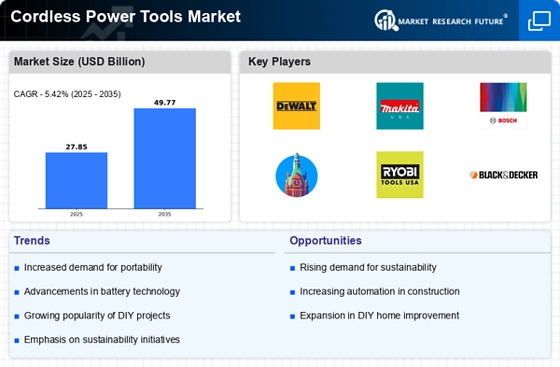
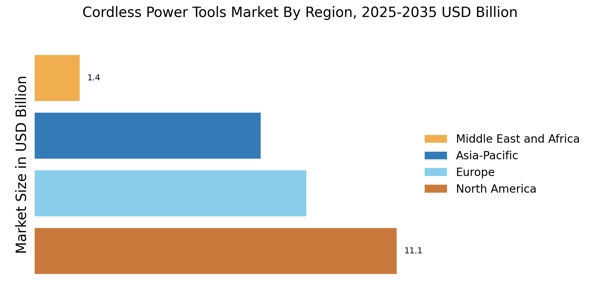
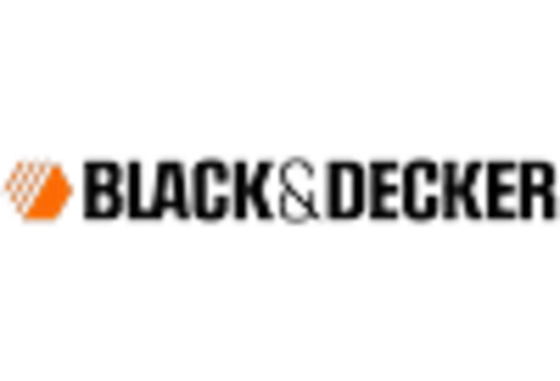


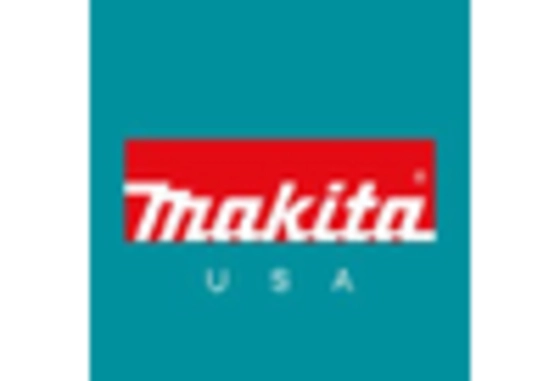

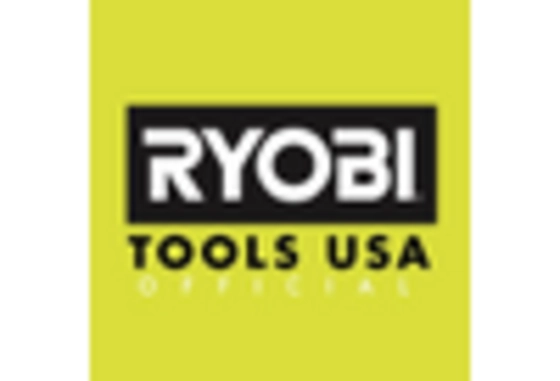








Leave a Comment